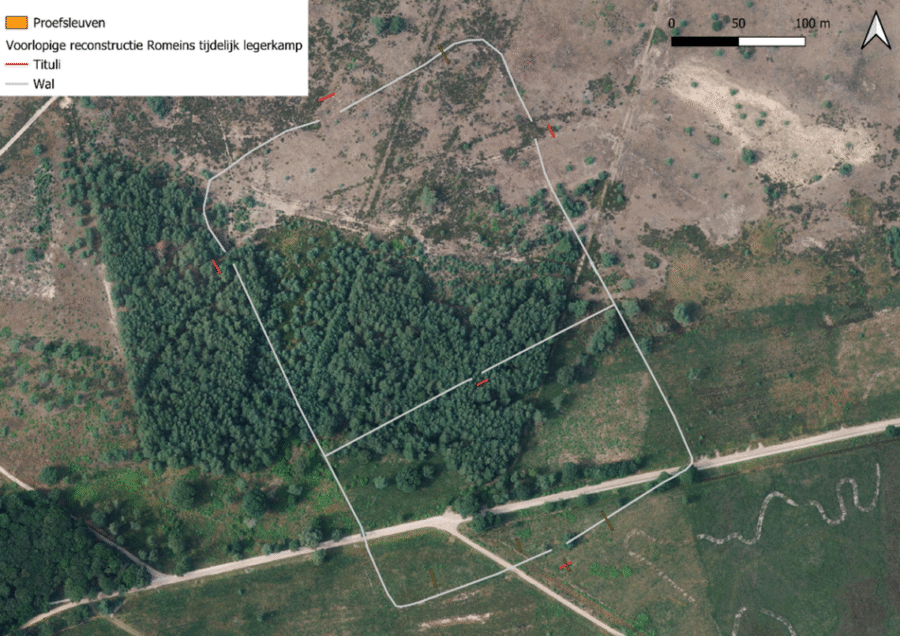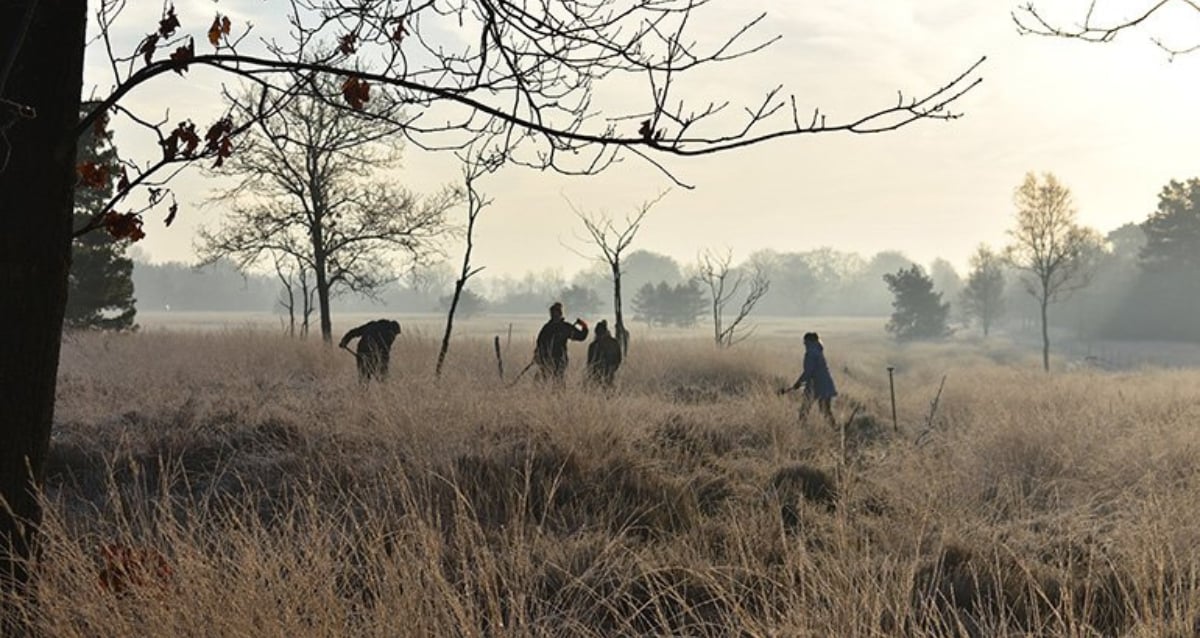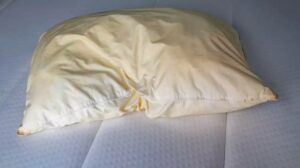Uncovering Secrets: Students Stumble Upon an 1,800-Year-Old Roman Fortress Hidden Beneath Dutch Soil
How Utrecht University Students Discovered The Roman Camp At Hoog Buurlo

Constructing the LimesAn aerial reconstruction of the camp.
Jens Goeree, a student at Saxion University of Applied Sciences, had “developed a computer model” to predict the location of Roman military camps. Using that model, Goeree predicted that a camp might exist near Hoog Buurlo — and professors and students with the C-Limes project decided to investigate.
Looking at aerial photographs of the site, C-Limes students scanned the site with LiDAR and found traces of ancient Roman walls, a moat, and several trenches. “All you can really see above ground are some very subtle variations in height,” Stevens said. “The traces are mostly underground.”

Constructing the LimesA section of a Roman military harness, one of the few artifacts recovered at the site.
Following this lead, they traveled to the site and used metal detectors to scan the area, as well as excavating “several trial trenches.” According to Stevens, they found “few artifacts,” but the traces that were there confirmed the presence of a Roman military camp dating back roughly 1,800 years, roughly two centuries before the fall of the empire.
The site itself was around 15 miles north of the empire’s border.
While there may not have been any notable artifacts found at the site, Stevens noted that discoveries such as this “help us understand the routes taken by Roman troops and show how the Romans made extensive use of territories beyond the formal boundaries of their Empire.”












